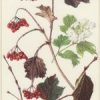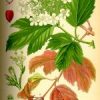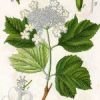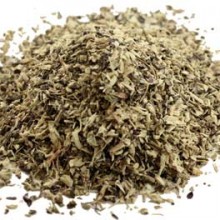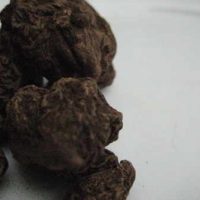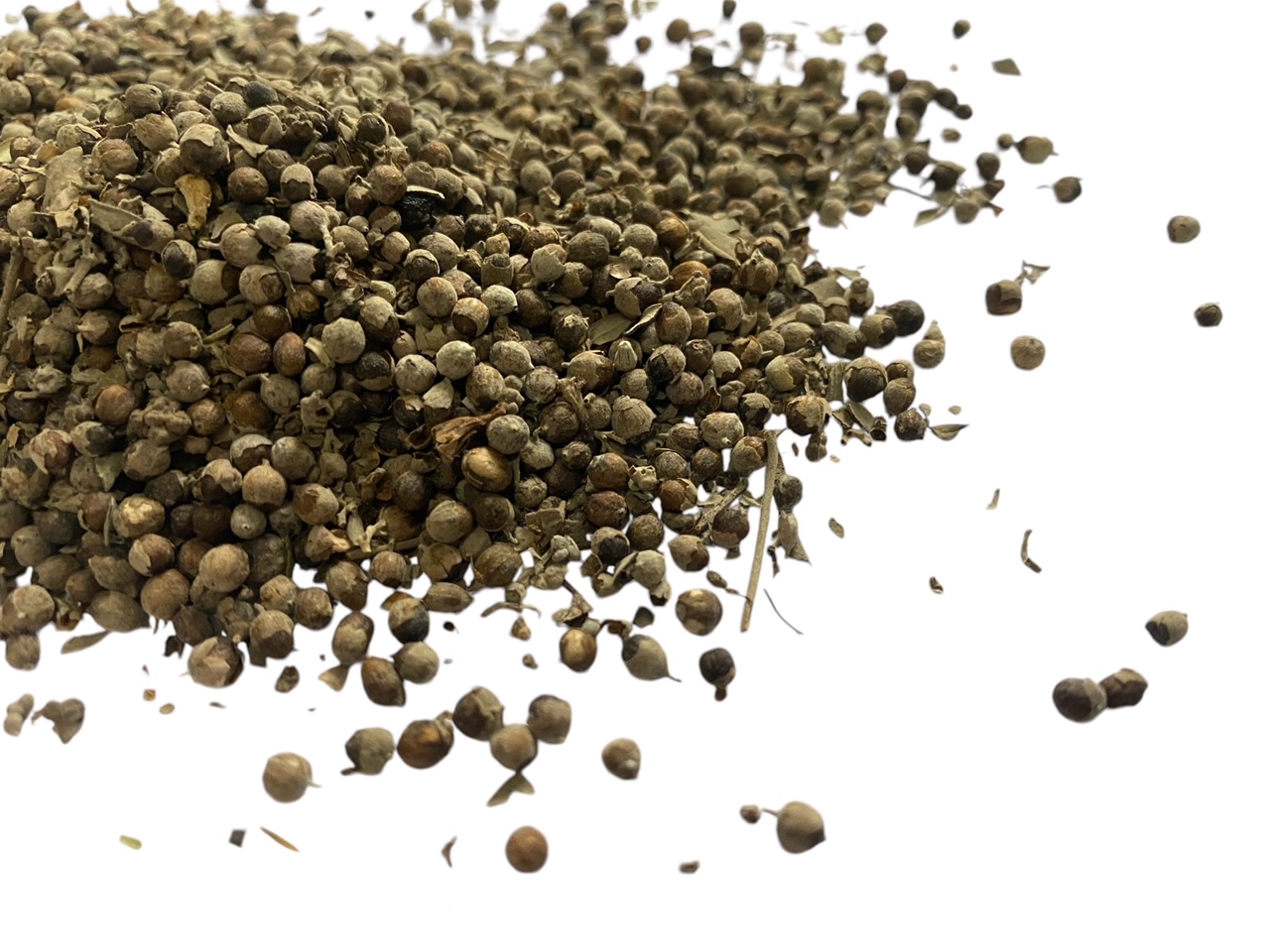Cramp Bark is a species of Viburnum, native to Europe and Asia. Some botanists also treat the closely related North American species Viburnum trilobum as a variety of it (as Viburnum opulus var. americanum Ait.), or a subspecies, Viburnum opulus subsp. trilobum (Marshall) Clausen.
Traditional Uses for Cramp Bark:-
The dried bark is used in tea or as a tincture to alleviate painful menstrual cramps.
This herb is often used for treating feminine problems like menstrual cramps, postpartum discomfort, preventing miscarriages and internal hemorrhages and is used as a uterine sedative also. Additionally, it has a reputation for lowering diastolic blood pressure because of a reputed action on smooth muscle, and is both a smooth and skeletal muscle relaxant and antispasmodic. It contains coumarins and tannins and both the berries and the leaves are a good laxative.
History of Cramp Bark:-
The common name for Cramp Bark is ‘Guelder Rose’ which appears to have originated because a popular cultivar, the Snowball tree supposedly first originated in the Dutch province of Gelderland. The profusion of berries which the plant produces can be eaten like cranberries, although too many will give you a belly ache (the berries are a laxative after all) so be moderate in your consumption if trying them out. They are nice tasting, tangy and slightly sour with a peppery note.
There are historical records of the dried berries being used to make a watery red ink.


